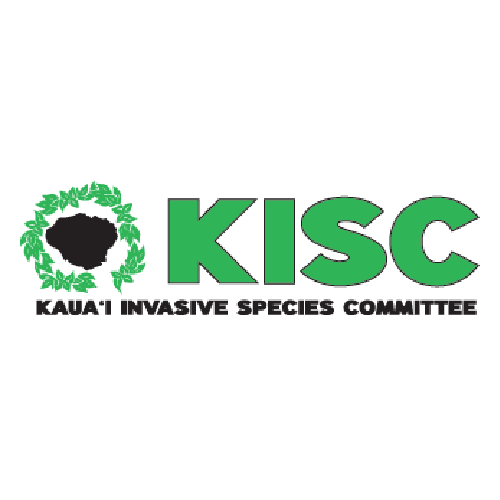Family: Lamiaceae
Premna serratifolia is a small to medium-sized tree or shrub native to tropical and subtropical regions, including parts of Asia (India, China, Southeast Asia), Australia, and the Pacific islands. It typically grows in coastal forests, mangroves, and other moist, tropical environments and is widely used in traditional medicine. Various parts of the plant, including the leaves, bark, and roots, are used to treat a range of ailments, such as headaches, fever, respiratory issues, and digestive problems. Perhaps because of its broad native range, it is not documented to be invasive anywhere in the world, although it has been documented as naturalized on the island of Oahu (Hawaiian Islands). With bird and water-dispersed seeds, and an ability to self-seed, it may continue to spread from cultivation, but is not predicted to have significant negative impacts in the Hawaiian Islands.
High Risk Traits:
- Grows and can spread in regions with tropical and subtropical climates
- Naturalized on Oahu (Hawaiian Islands) and possibly Reunion Island
- Cited as an agricultural weed in Kiribati, but no specific impacts have been documented
- Reproduces by seeds
- Reported to be self-fertile
- Seeds dispersed by birds, fruit-eating bats (where present), other fruit-eating mammals, water, and through intentional cultivation
Low Risk Traits:
- No documented negative impacts in native or introduced range (although cited as a weed in some references)
- Unarmed (no spines, thorns, or burrs)
- Palatable to browsing animals
- Reported to be non-toxic
- Grows best in high light environments (dense shade may inhibit spread)




